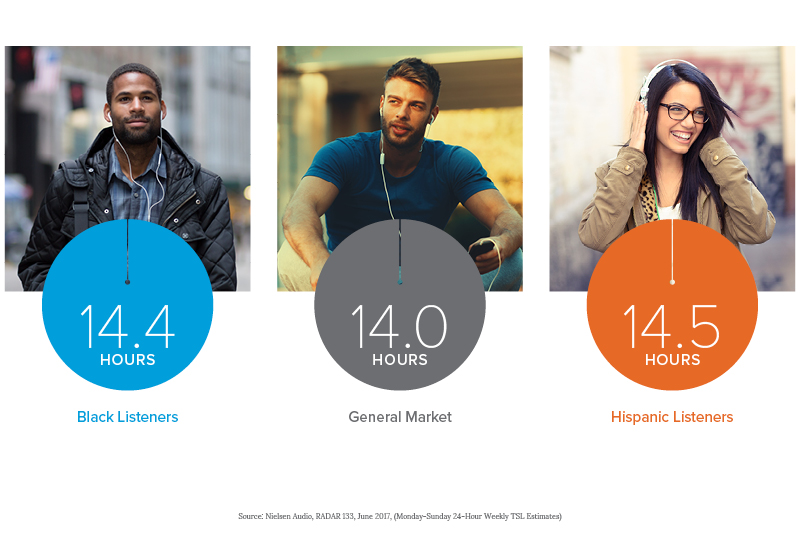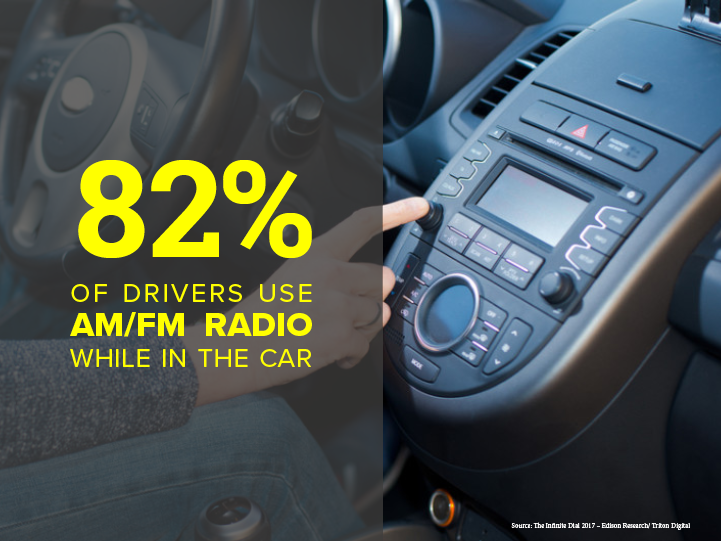As The World Returns to Normal, it’s Time to Return to Radio
/Take advantage of the improving economy and increasing radio usage to reach more consumers. Thanks to the gradual relaxation of the stringent restrictions and the increasing number of people fit to receive the COVID-19 vaccines, more Americans today now feel ready to resume normal activities this summer. In fact, according to a recent Nielsen online consumer opinion survey, most people feel much safer now and are optimistic about the return to normalcy this year.
About 82% of the respondents were ready to return to dining out in restaurants or taking vacations, a tremendous jump from this time last year.
The survey also revealed something else all marketers should know; an increase in radio listening. But why are more people listening to the radio now, and what does this mean for marketers?
The "ready to go" group, as the Nielsen reports dub these optimistic consumers ready to return to normal activities, has risen to 69%. This consumer segment is attractive for several reasons. They are likely to be upscale, have a job, kids, and, more importantly, listen to the radio.
Increased Drive Time Listenership
The survey reveals a 73% increase in the population working outside the home. The massive increase is a critical figure indicating growth in audio audience since consumers tune in for a longer time as they travel to their workplace.
Besides, more children were attending physical classes in May 2021, as compared to those partaking in virtual-only classes. This means that more parents are now driving their kids to school, and 90% of them stated that they tune in to the radio during the drive.
As statistics point to an improving economy, radio is emerging as the perfect way for marketers to reach consumers.
What is your brand’s Audio Strategy? We Can Help.
At Roth Radio, we help clients get the most out of their brand's radio programs while reaching the right audience at the right time and at the right price. To learn more, contact us.
























